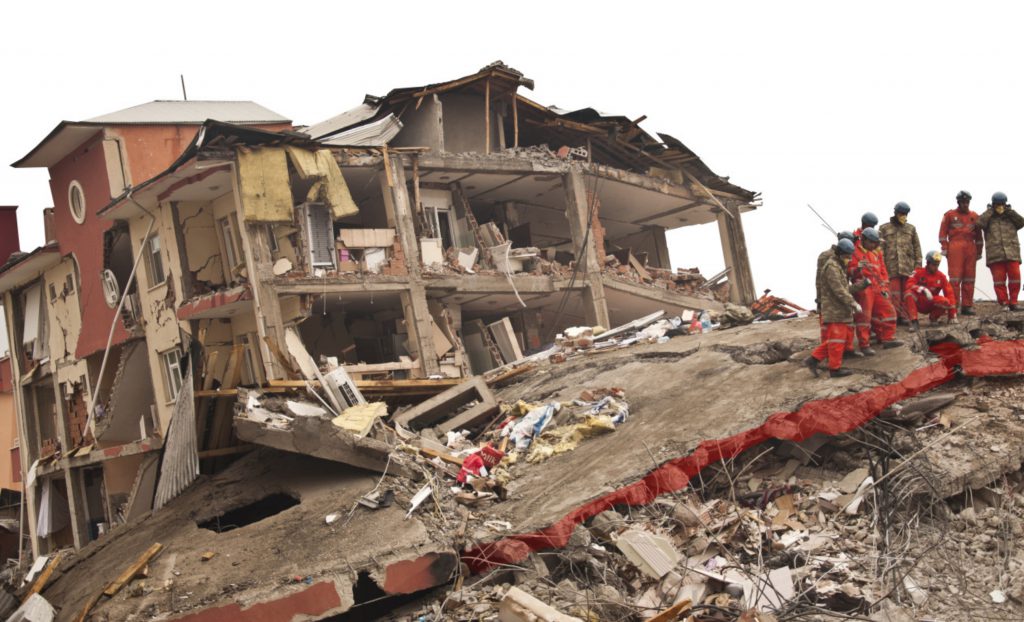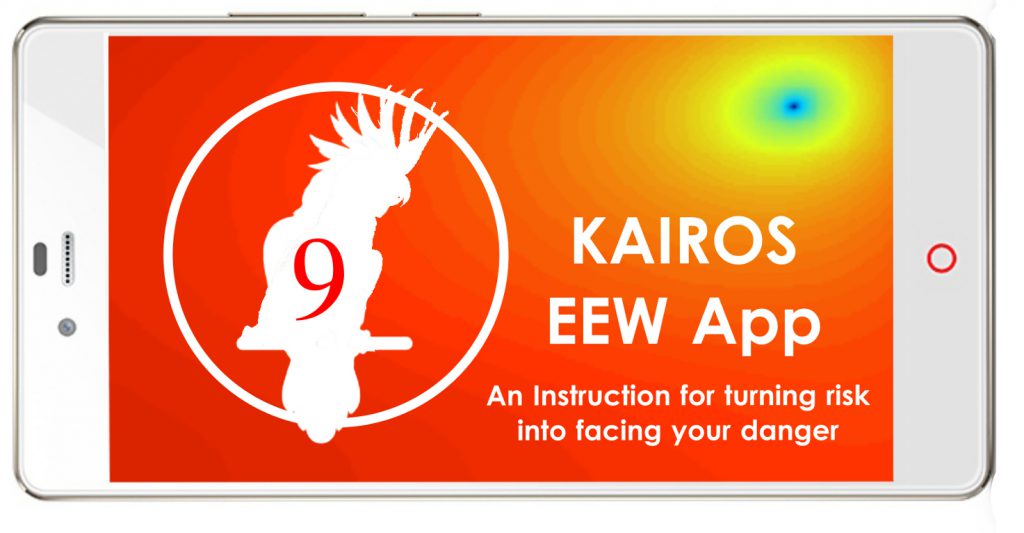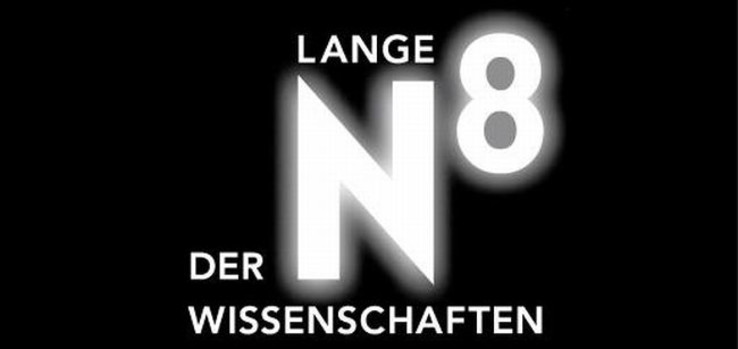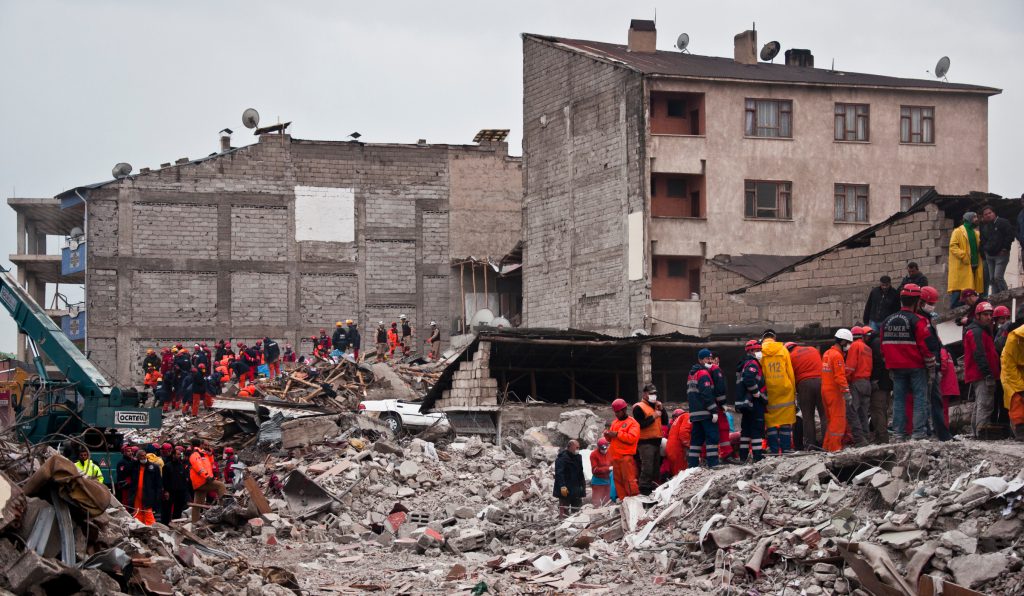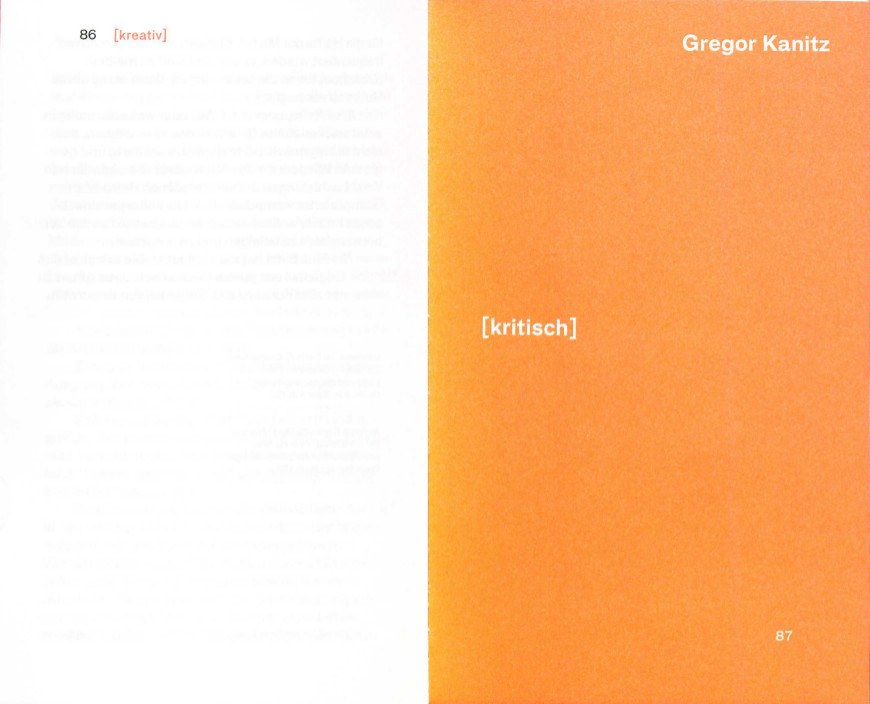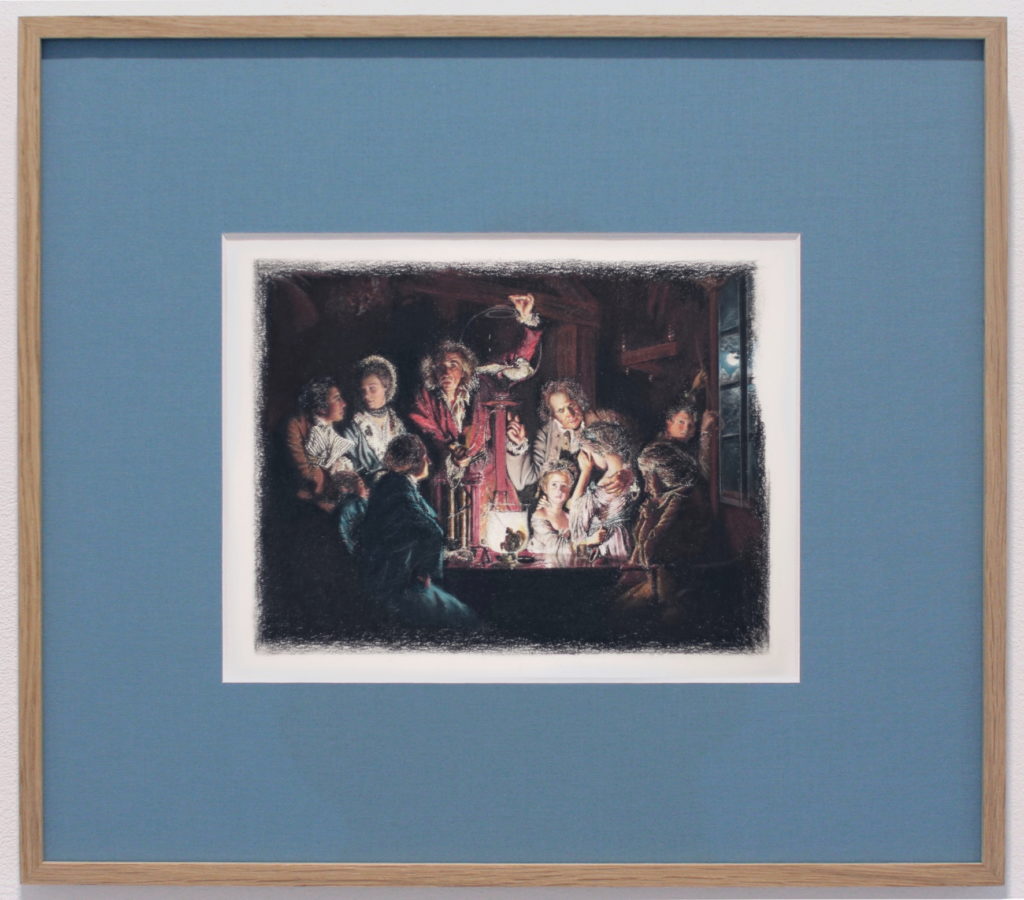
By Svenja Schüffler
The drawings of the new project titled »An Experiment on a Bird« relate to experiments and installations of Svenja Schüffler concerning seismic risk and early warning, trying to intersect art and science. The experiments and underlying ideas are introduced at the platform Anthropocene Curriculum of Haus der Kulturen der Welt HKW/Max Planck Institute for the History of Science in the form of essays at the following links: Installing Seismic Risk of Istanbul // KAIROS Earthquake Early Warning Application
The drawing of the Kakadu (Cockatoo) perching at/under a concrete piece shows an important protagonist of the experiments of Svenja Schüffler. The Kakadu´s life is under threat. Continue reading “ART PROJECT: An Experiment on a Bird”



